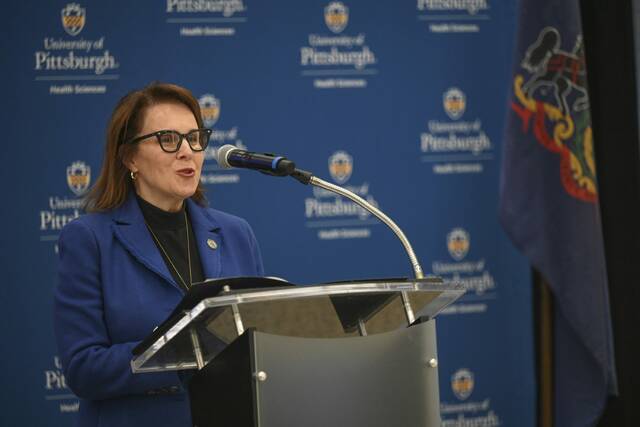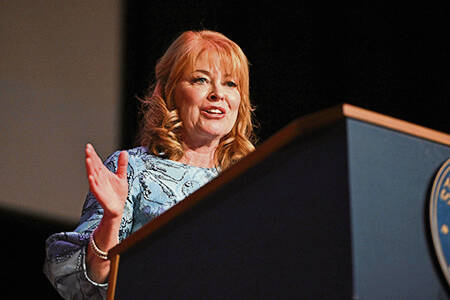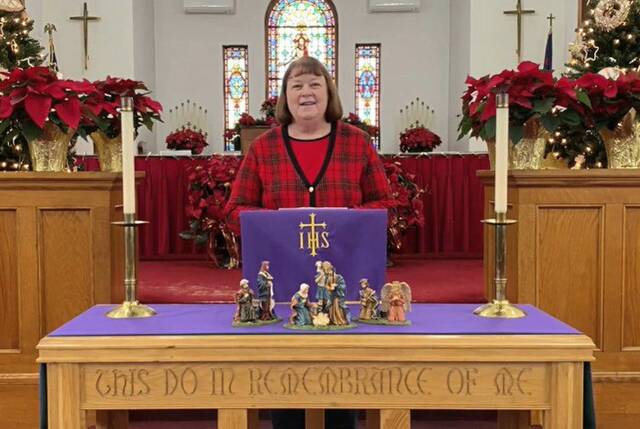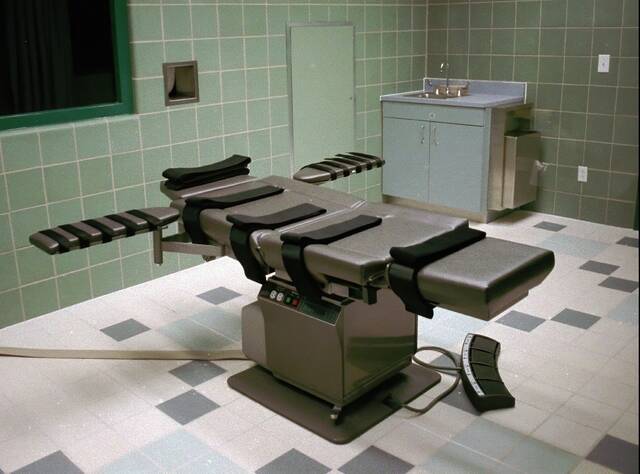School districts face a daunting future as they prepare for several possible scenarios for the coming year.
But one looming question remains largely unanswered — how many students will switch to out-of-district cyber charter schools that have impacted school budgets for years?
Surveys sent to families as reopening plans were being drawn up suggest that between 15% and 20% of parents do not want to send their children back to any type of in-person learning, said Mark DiRocco, executive director of Pennsylvania Association of School Administrators.
“This year is very unusual in that we just don’t know,” DiRocco said. “Districts are going to have a difficult time trying to guess how many families are going to go to the cyber charter option because of the pandemic.”
Uncertainty in the exact number of students switching to cyber programs — which may not be fully known until closer to when school begins, and, even then could change once the year starts — is leaving district officials worried about their budgets. Districts are responsible for funding charter schools based on a statutory funding formula for both regular and special education students. Costs can vary from school to school, ranging from $7,500 for mainstream students to $40,000 for special education students.
According to the Keystone State Education Coalition, a grass roots organization, more than $13.9 million was spent on charter school tuition during the 2018-19 year among 11 Westmoreland County school districts. At Pittsburgh Public, cyber charter costs have been more than $80 million for several years.
Those numbers are based on 146,550 students enrolled in public charter schools across the state last year, prior to the pandemic, according to the state education department. Districts determine how much to budget for cyber charter school costs from the number of students who enrolled over the past three to five years, DiRocco said.
But cyber charter costs could increase across the board by $200 million next school year, an April report from the Pennsylvania Association of School Business Officials warned.
DiRocco noted, if there is a large increase in students attending cyber charters, district budgets could face a “significant negative impact.”
“If they guessed wrong in the budget, if they guessed that 50 kids are going to be at cyber charter schools and it ends up being 150, they have to find that extra money. That can be a real challenge for districts,” DiRocco said, noting that, to cover those costs, schools could rely on reserve accounts or bank loans.
So far, initial enrollment numbers at cyber charters across the state are painting a grim picture for brick-and-mortar schools.
Midland-based PA Cyber Charter is at capacity for the upcoming year, and new applicants are put on a waiting list.
“It seems as though (families) are just saying it’s a tough decision about what they’re going to do in the fall,” said Cheryl Leydig, director of enrollment services at PA Cyber.
CEO Thomas Longenecker, of Johnstown-based Commonwealth Charter Academy, said his school is gearing up for more students this year, noting they will have a clearer picture as districts decide on fall plans. A total number of enrolled students was not yet available.
Online switch
Parent surveys helped districts gain a better understanding of how many students will attend district cyber schools or cyber charters, which began to open in Pennsylvania after state lawmakers in 1997 passed a charter school law. There now are more than 180 charter schools operating statewide, including cyber charters, with nearly 150,000 students combined, according to the Department of Education.
At New Kensington-Arnold, about 45%, or 567 students, indicated they would take classes remotely. Survey responses did not specify whether that would be in-district or through a cyber charter school.
The number of parents wanting their children to learn virtually in the coming year drops at Penn-Trafford. About 88% of parents have indicated they would send their child back to school in August under a health and safety plan that focuses on in-person learning, though also offers online options.
Out of more than 1,230 people who responded to surveys for Hempfield, just 27 indicated they would select a cyber program outside the district.
Funds for charter school tuition at the district have hovered at more than $2 million over the past two years. Annual cost per student ranges around $12,000 for a regular education student to $24,000 for a special education student. This year’s budget includes a $133,370 increase compared to last year, said district Business Manager Wayne Wismar.
At Pittsburgh Public, where cyber charter costs already are high, an increase of students leaving the district could be detrimental. The district is bracing for $82 million in revenue losses, with $98.2 million projected for charter school costs this year, documents show.
By June, the district had seen a slight uptick in the number of students attending charter schools, but the number did not exceed 20 private school students transferring to online schools, said spokeswoman Ebony Pugh.
Board members decided to delay in-person instruction for the first nine weeks to help curb the spread of the virus.
Wilkinsburg School District is following suit. Board members voted unanimously to return to online learning when classes begin Aug. 31. The decision was based on recommendations from the Centers for Disease Control and Prevention, the state health department and parent surveys.
District cyber programs
To help alleviate costs, districts are creating their own cyber programs, which can save thousands of dollars per student.
At Ligonier Valley, a cyber charter program cost the district more than $1.8 million during the 2018-19 school year, Superintendent Christine Oldham said.
“The only way that we have been, or are able to, address the escalating costs of cyber charter is through continuing millage increases. … Every penny of those millage increases goes toward cyber charter, covering an incredibly minimal percentage of the total cost,” Oldham said.
The district’s cyber program, however, drastically reduces costs. The program runsabout $5,000 per student compared to more than $11,000 for cyber charter school tuition.
At Burrell School District, Superintendent Shannon Wagner said costs associated with cyber charter schools are “a challenge that’s presented every year.”
The district utilized eAcademy in conjunction with the Westmoreland Intermediate Unit for years, a decision, Wagner said, that continues to have positive budgetary impacts.
Across the state, 92% of Pennsylvania’s 500 public schools offer an online learning program, said Annette Stevenson, spokeswoman for the Pennsylvania School Boards Association.
Now, the question is what will parents choose for the coming year.
DiRocco expects families to take advantage of the virtual programs, especially those who are afraid of their children becoming sick. That’s why, he said, district cyber schools need to be “quality programs.”
“It’s just an unusual time, and nobody knows what’s going to unfold here over the next three or four months,” DiRocco said. “We know parents have difficult decisions. School leaders are doing the very best that they can given the resources and the circumstances they have, and I’m just hoping that we can all continue to pull together to try to find common solutions and make sure our kids get served.”








